Business As Usual by Men At Work
Buy Business As Usual One would not be out of line to suggest that this is a rather “unusual” (pun intended) selection for our 1982 album of the year. In fact, Business As […]

Buy Business As Usual One would not be out of line to suggest that this is a rather “unusual” (pun intended) selection for our 1982 album of the year. In fact, Business As […]
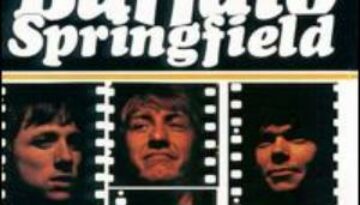
Buy Buffalo Springfield Buffalo Springfield was a very unique rock band. On the one hand, they were loaded with young talent who played together for a very short time in the late sixties […]
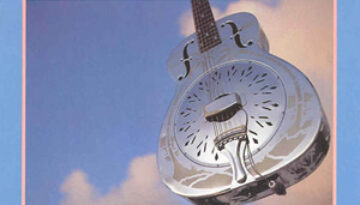
Buy Brothers In Arms Dire Straits reached their commercial peak and achieved worldwide fame with their fifth studio album, Brothers In Arms. All the songs on this album were composed by lead vocalist […]
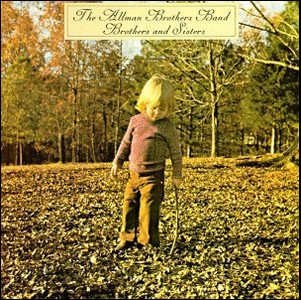
Buy Brothers and Sisters Brothers and Sisters was at once the career peak and the first step into the abyss for The Allman Brothers Band. It was released in the wake of dual […]
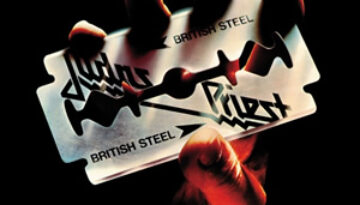
Buy British Steel British Steel was the album where Judas Priest finally found a mainstream American audience and launched the heavy metal band into stadium headliners. The album reached the Top 40 in […]
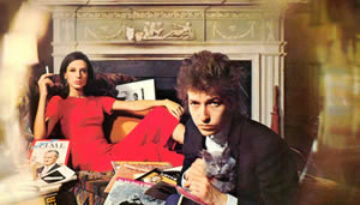
Buy Bringing It All Back Home Perhaps the most lyrically potent album ever, Bob Dylan delivered a masterpiece with his fifth overall album, Bringing It All Back Home, released 50 years ago today […]
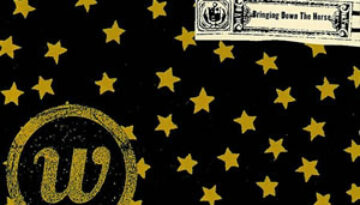
Buy Bringing Down the Horse The Wallflowers struck a fine chord with their second LP, Bringing Down the Horse. The songs on the album were all composed by front man Jakob Dylan and […]
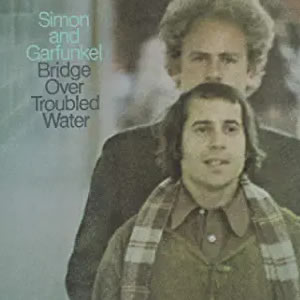
Buy Bridge Over Troubled Water Simon & Garfunkel saved their best for last with the early 1970 release of Bridge over Troubled Water, the fifth studio album by the New York based folk […]
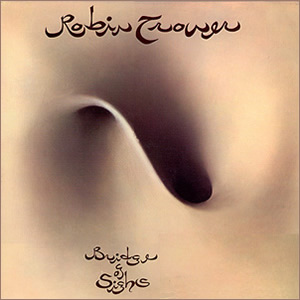
Buy Bridge of Sighs Full of subtle but solid and rewarding tracks which are well composed and sonically masterful, Bridge of Sighs is the album where Robin Trower may have advanced the rock […]
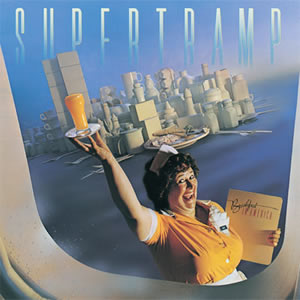
Buy Breakfast In America Breakfast In America is, at once, an artistic statement and a pure pop record. This sixth overall album by Supertramp was composed and recorded after the British group relocated […]